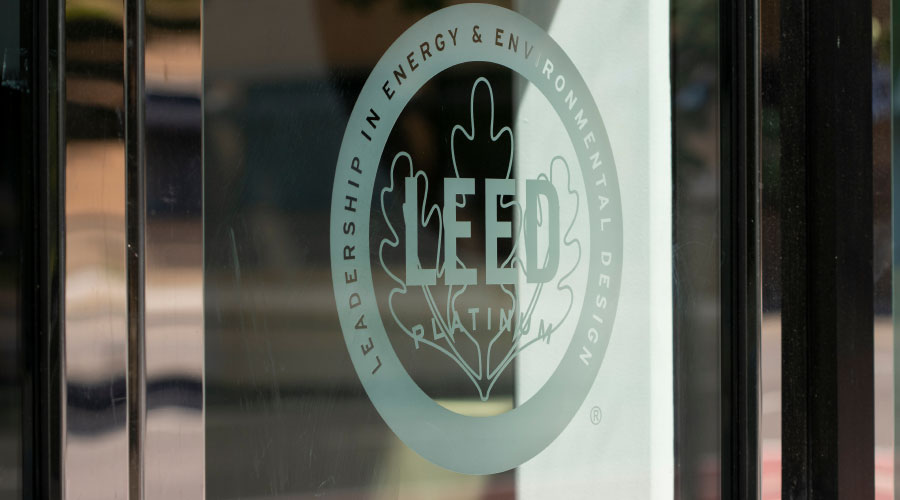Tips On Difficult LEED-EBOM Credits
What are the more difficult sections or credits of LEED-EBOM to achieve? What tips do you have for achieving these credits?
Each category within LEED-EBOM presents challenges. For today, I’ll focus on EAc1: Optimize Energy Efficiency Performance, because not only is it a challenging credit, but it is also the most important credit, with 18 points available. I’ll share a few key tips.
The biggest question here is whether or not your facility is eligible for an Energy Star rating, and can follow Case 1 for this credit (along with the related prerequisite, EAp2). Energy Star has thirteen eligible building types, and typically 50 percent of the gross square footage would need to be one or more of these.
Those not eligible for an Energy Star rating will use summary data generated in Portfolio Manager in conjunction with protocols provided by USGBC to complete benchmarking calculations through Case 2.
If you initially get a low Energy Star score (the prerequisite for any level of LEED EBOM certification is 69), start by identifying no- and low-cost operational changes to reduce energy consumption. If your building is an energy hog, it’s more likely that these opportunities will exist, and focusing on them to start with will help you go the distance. Pursuing commissioning through EAc2 will also help identify energy-efficiency improvements, and will pay off particularly well in inefficient buildings.
Energy metering data may be excluded for up to 10% of the building’s gross floor area if that space is sub-metered and used for an independent purpose unrelated to typical business operations, such as a cafeteria; or used as a computer data center.
Related Topics:














